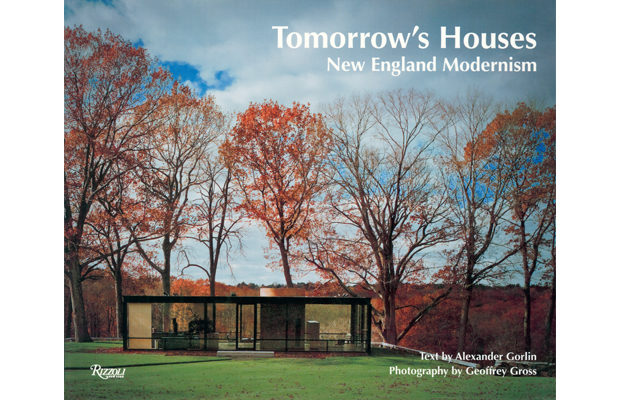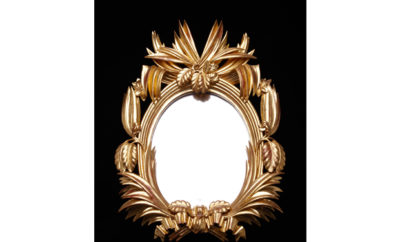
Architecture
Summer 2011

Like Brasilia, Canberra, and Washington, D.C., Chandigarh in India is an example of governmental urban planning: that is, a city essentially created out of whole cloth. After 1947, when Britain ceded control of the Indian subcontinent, and the land was subsequently partitioned into India and Pakistan, the state of Punjab was split in two. The age-old regional capital, Lahore, lay on the Pakistani side, so India’s prime minister Jawaharlal Nehru chose to erect an entirely new city. As Eric Touchaleaume and Gérald Moreau explain in their monumental study, Le Corbusier, Pierre Jeanneret: The Indian Adventure, the job eventually fell to the Swiss-born architects and cousins. Per Nehru’s wishes, they devised a wonderful modernist environment. Of particular interest to collectors, given the recent appearance on the market of vast numbers of furnishings from Chandigarh—such as the seating pieces designed for public buildings by Jeanneret—will be the authors’s explanation for this phenomenon. As India began to prosper in the first decade of this century, authorities decided to replace, rather than restore, vintage pieces, auctioning them off, initially, to scrap dealers and, later, to European design dealers. In French and—often maladroit—English.
Le Corbusier, Pierre Jeanneret: The Indian Adventure by Eric Touchaleaume and Gérald Moreau. Gourcuff-Gradenigo/Editions Eric Touchaleaume, 640 pages, $180












